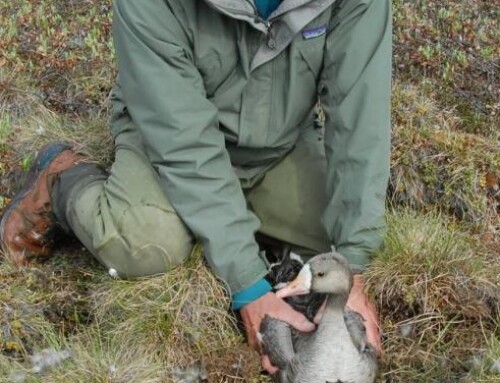Report from a BOU Career Development Bursary
Over the summer of 2023, Akshay Bharadwaj, an awardee of the BOU Career Development Bursary, undertook his internship at the University of Neuchatel, Switzerland. Working with Prof. Clara Zemp, his goal was to learn the practical application of LiDAR technologies to understand relationships between a forest’s structural attributes and biodiversity (specifically, birds).
First, Akshay began by collecting scans using Terrestrial Laser Scanning (TLS) at various sites belonging to three distinct habitat categories: pasture, intermediate and forest. His objective was to understand how forest structural diversity measures (e.g. Ehbrecht et al. 2017).

Figure 1 Representative examples of scans that Akshay collected in (a) pasture, (b) intermediate and (c) forest habitats using the Terrestrial Laser Scanner (shown in d).
To analyse the collected data, he generated point clouds from the scans, which divide the entire scan into various cross-sectional layers. Each layer consists of polygons whose vertices indicate the distance (from the TLS device) at which the laser beam hit an obstacle (such a leaf or branch) and bounced back to the receiver. Figure 2 shows examples of some cross-sectional polygons that Akshay generated during his analyses.

Figure 2 A representative example of some cross-sectional layers of the 3-dimensional point clouds obtained from the TLS. Each layer houses two polygons (each covering 180 degrees in field of view) whose vertices represent the points from which the laser beam from the scanner bounced back to the sensor upon hitting an obstacle, such a leaf or branch. By analysing all layers together, we are able to calculate a Stand Structural Complexity Index value for the scan.
In line with his a priori expectation, Akshay found the following relationship between the structural diversity of the various study sites: SSCI Forest > SSCI Intermediate > SSCI Pasture. Going forward, Akshay will work with other lab members at UniNeuchatel to understand how the forest structural attributes affect bird diversity, using point count data collected at the same locations as the scans. Through the BOU Career Development Bursary, Akshay utilised the latest LiDAR techniques and developed related analytical skill sets. He is excited to use these techniques to understand similar structure-biodiversity relationships in his fieldsites in India.

Figure 3 Relationship between Stand Structural Complexity Index (SSCI) and the habitat category. As expected, scans taken in forests had the highest SSCI while those in pastures had the lowest.
Excitingly, towards the end of his internship, he was also offered a Doctoral Position in the same research group, where he will further develop biodiversity monitoring frameworks to understand restoration efficacy in the tropics.
Comments from Akshay on the benefits he gained from the BOU Career Development Bursary
The bursary provided me a once-in-a-lifetime opportunity to work with leading scientists at the University of Neuchatel. The bursary amount was ample, and I was able to meet all my basic expenses in Switzerland during the course of my internship. The BOU team with whom I interacted (primarily, Ms. Angela Langford) were highly supportive throughout the application and disbursement process, and I remain grateful to them. I am also grateful to this opportunity, because it allowed me to explore my career interests further. I have now returned to Neuchatel to pursue my doctoral studies in the same research group, where I will be studying the use of conservation technologies (including LiDAR) to understand the effectiveness of restoration efforts (in terms of biodiversity recovery).
References
Ehbrecht, M., Schall, P., Ammer, C., Seidel, D. 2017. Quantifying stand structural complexity and its relationship with forest management, tree species diversity and microclimate. Agricultural and Forest Meteorology 242:1-9. VIEW
If you want to write about your research in #theBOUblog, then please see here.





